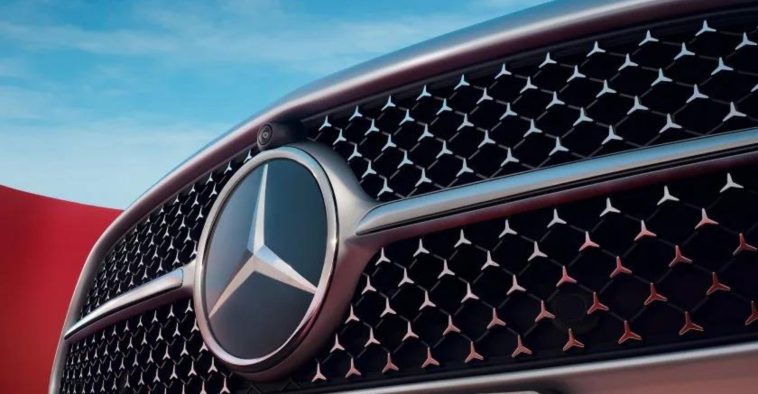Mercedes-Benz China has announced several adjustment strategies. Among them, the R&D center will gradually start using the OKR (Goal and Key Results) assessment system to conduct more clear performance evaluations of employees; the production department is currently adjusting production lines, including considering merging less efficient ones.
Previously, Mercedes-Benz China’s R&D department had a performance evaluation system that linked employee performance to year-end bonuses. However, insiders revealed that the year-end bonus system was based on an equal distribution model, with minimal differences of only a few hundred yuan between different employees. The old system lacked specific measurable targets and almost no employees received the lowest performance rating.
The newly adopted OKR evaluation system will first be implemented at Mercedes’ Shanghai R&D center focusing on intelligent technology, followed by the Beijing R&D center. Sources mentioned that ‘the purpose of the reform is definitely to promote work efficiency, but it does not rule out potential layoffs based on the new assessment system.’
Cost reduction and efficiency improvement in production departments mainly focus on maximizing production line efficiency. The Beijing factory produces long-wheelbase versions of C-Class and E-Class sedans as well as SUV models like GLC; aiming for a production volume exceeding 400,000 units by 2024 and introducing a long-wheelbase electric version of CLA this year. The Shunyi factory is responsible for producing two compact SUV models – GLA and GLB – along with four electric vehicle models EQA, EQB, EQC, and EQE.
Specifically targeting increasing capacity for popular products and consolidating inefficient production lines will be key actions taken by Mercedes in its manufacturing operations.
In January this year during a communication meeting held by Mercedes-Benz China’s sales department openly stated plans for strategic optimization of their dealer network by 2025 including actively optimizing retail network layout and streamlining product categories among other initiatives.
In the Chinese market last year, Mercedes sold a total of 714 thousand new vehicles (including passenger cars and light commercial vehicles), ranking among the top three luxury brands in terms of sales volume. However compared to last year’s figure of 765 thousand units sold there was a decrease of 6%. This marks the second consecutive year where Mercedes-Benz China has experienced declining sales.
SEE ALSO: Mercedes-Benz Collaborates with Volcano Engine to Explore Large Models and Generative AI
Sign up today for 5 free articles monthly!





GIPHY App Key not set. Please check settings